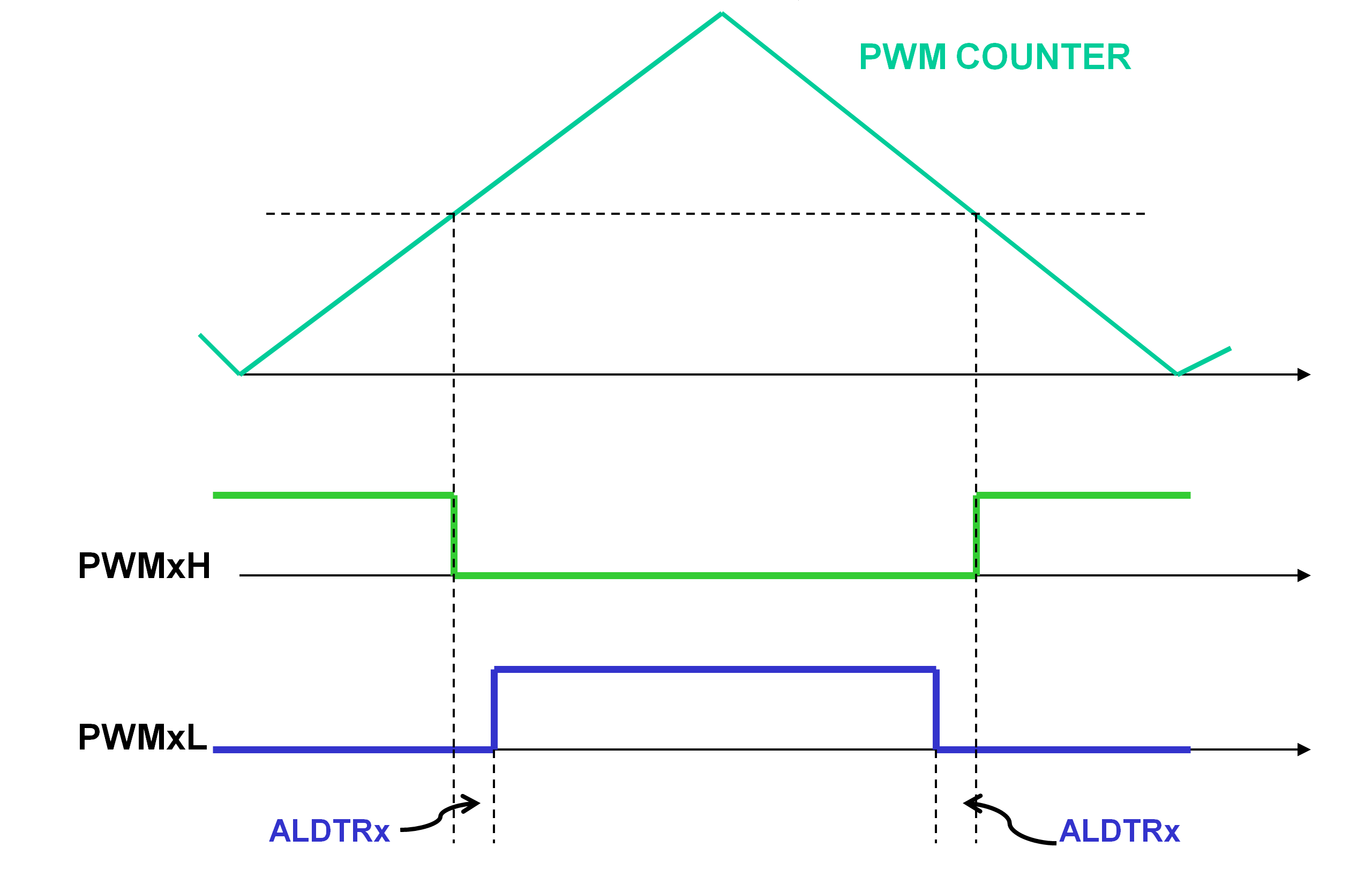stancecoke
100 kW
- Joined
- Aug 2, 2017
- Messages
- 1,811
I just checked it, there's a bug in the firmware_configuration_tool. If you choose 13 cells, the linegeofft said:I normally use a value of 13, (48v) pretty sure this has worked before. I'll try again tomorrow to see if all the 3 options fail in this way.
Code:
#define BATTERY_LI_ION_CELLS_NUMBER 13is missing in the config.h. With 7 or 10 cells it works properly.
Regards
stancecoke




